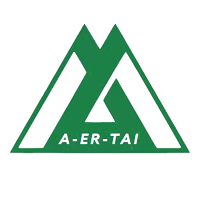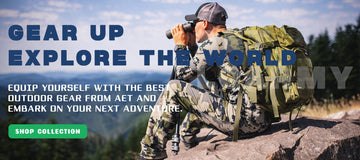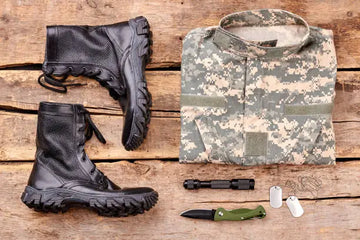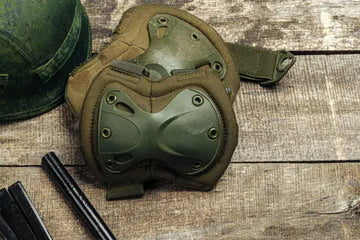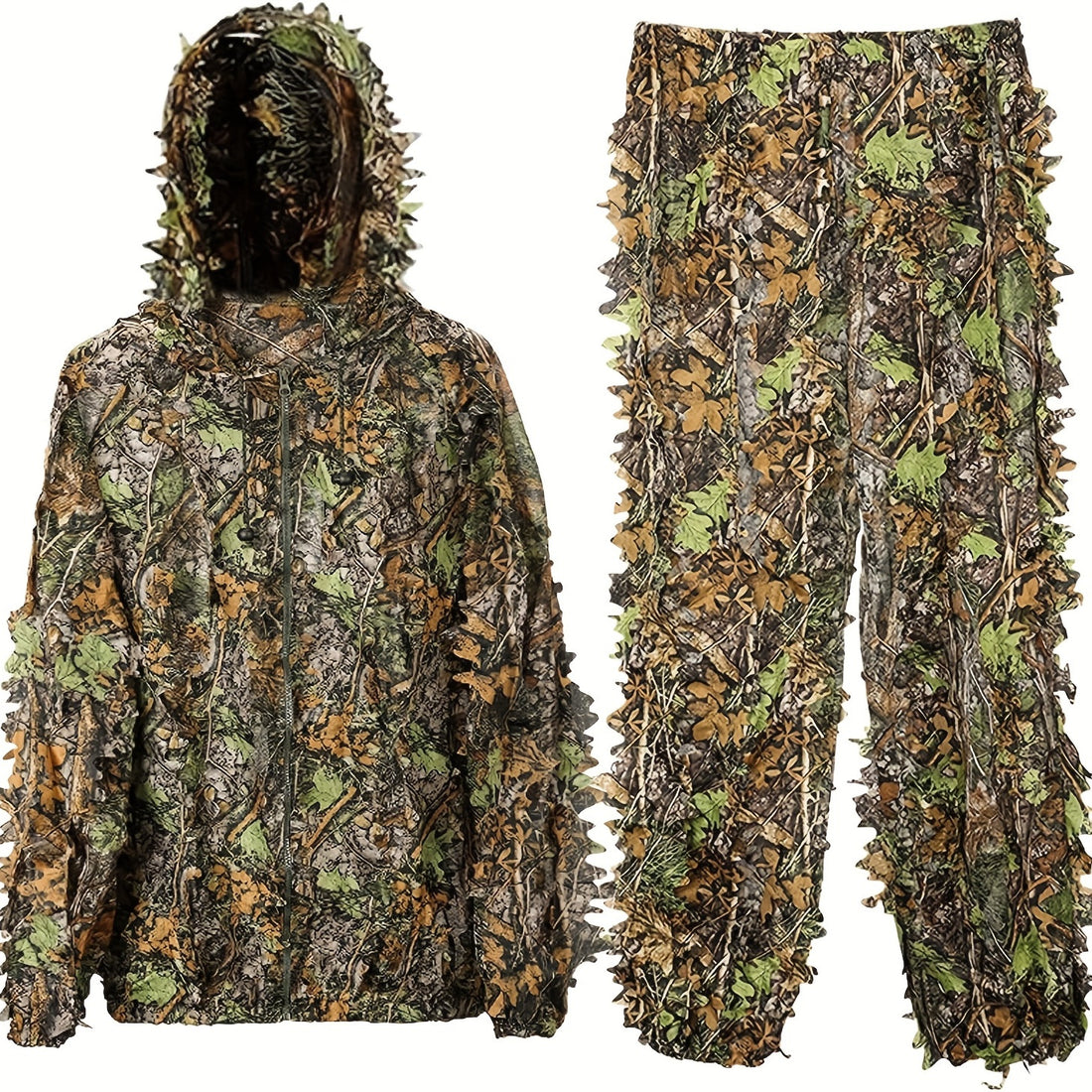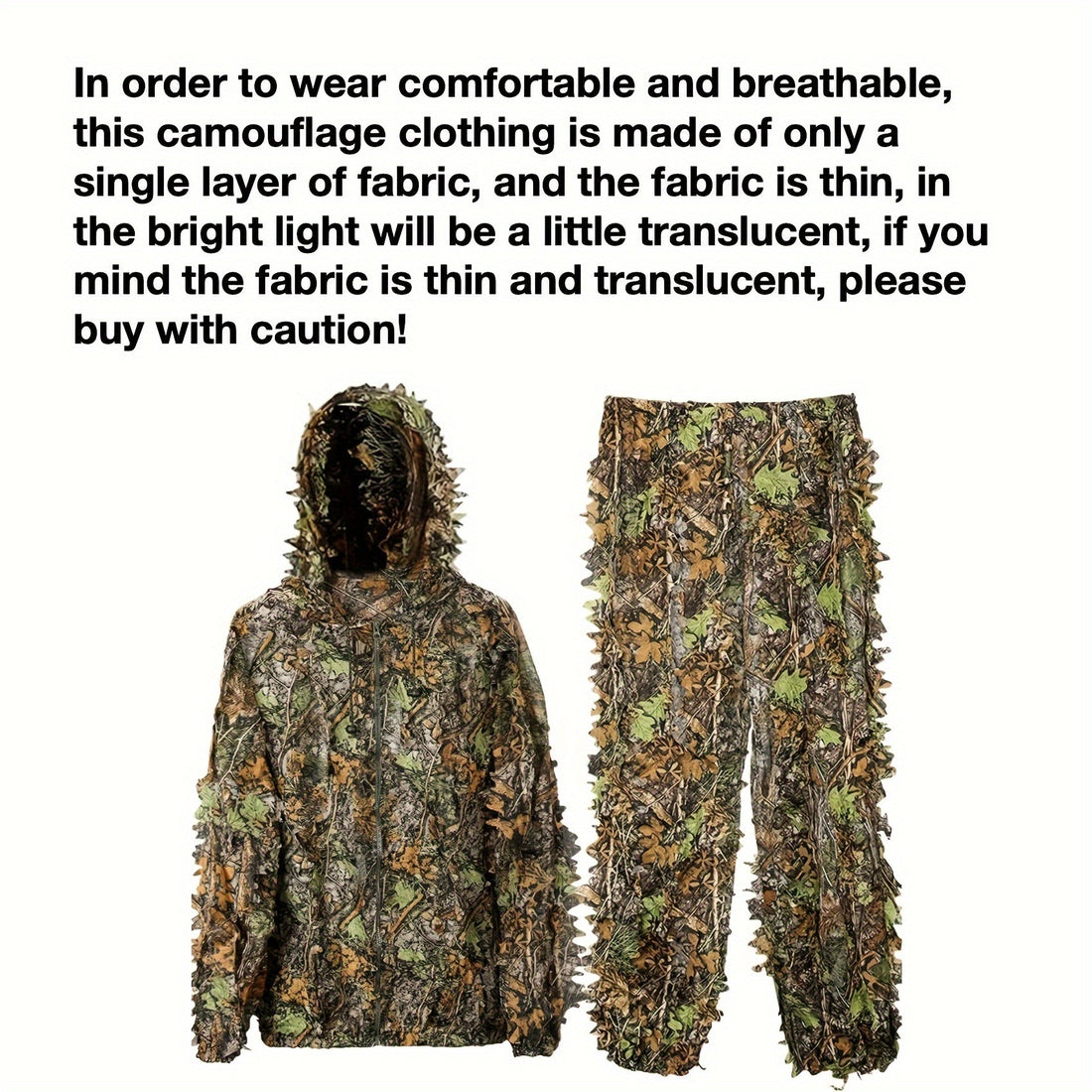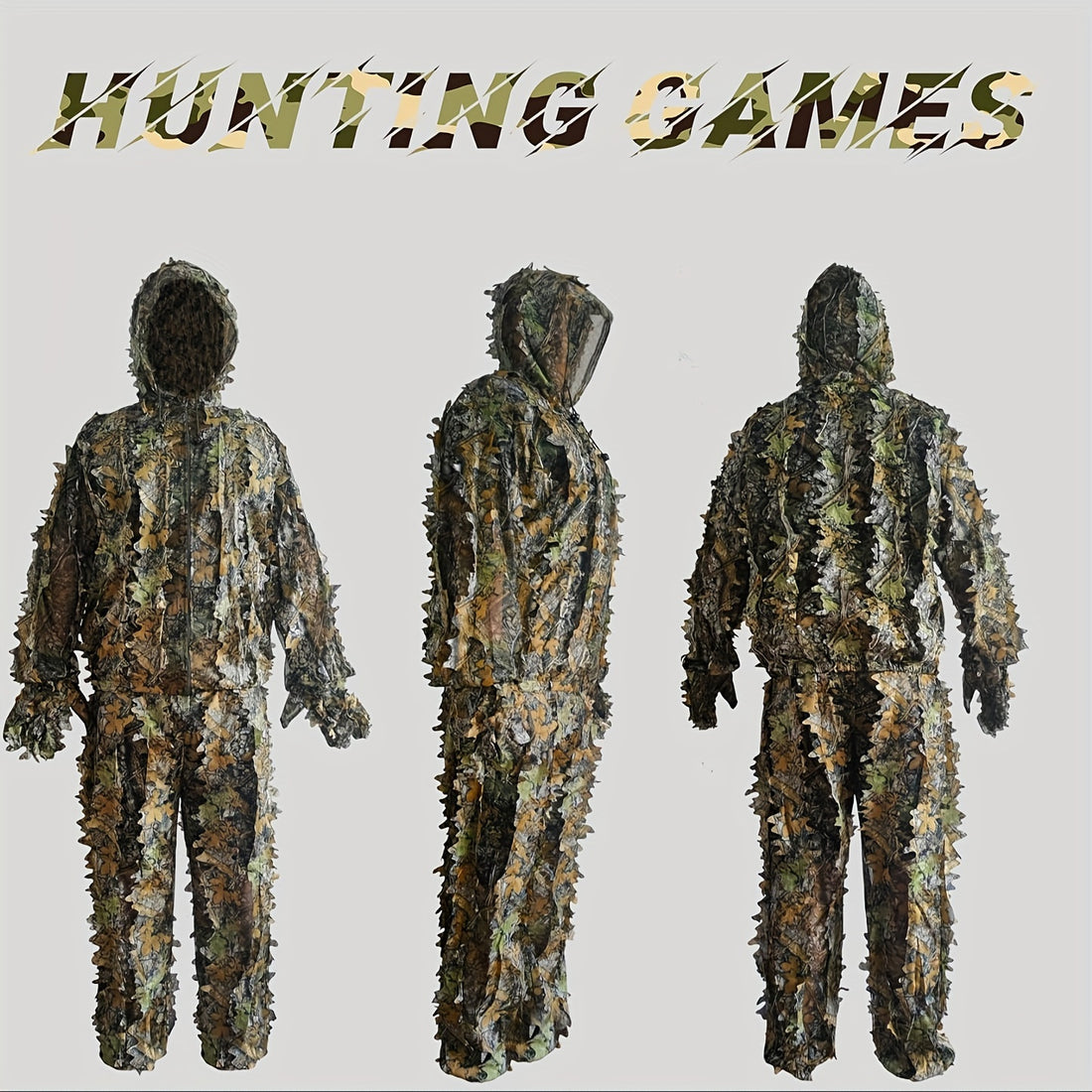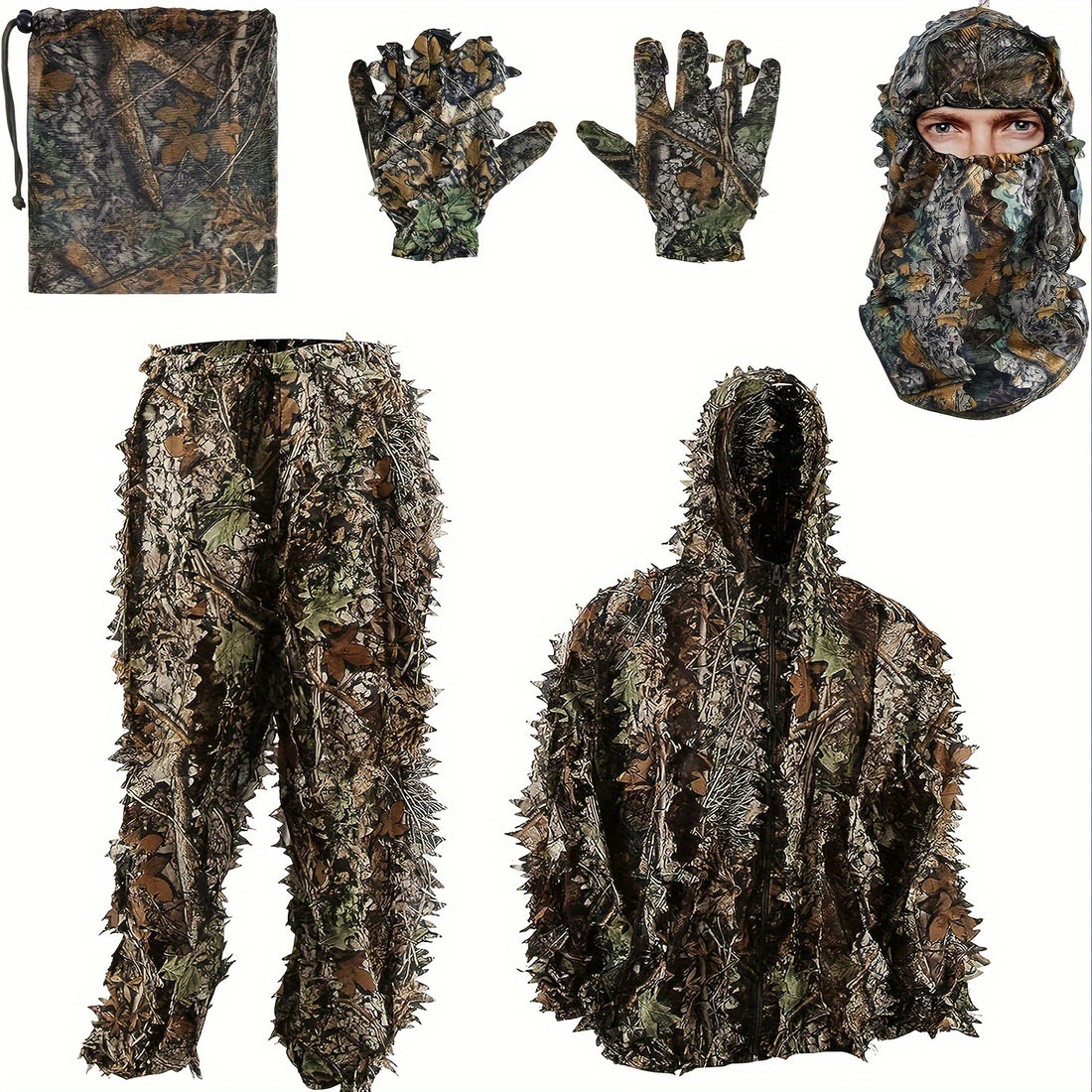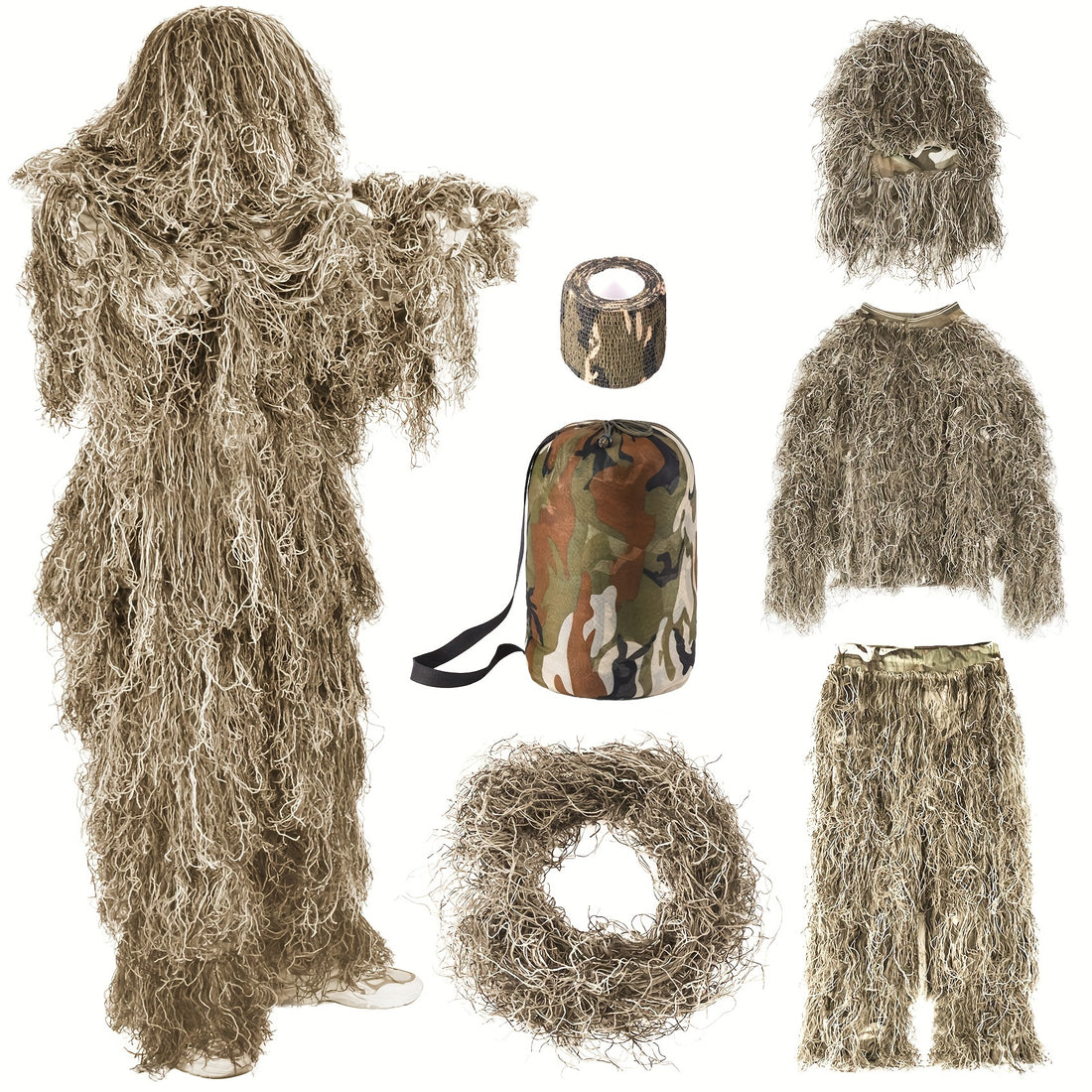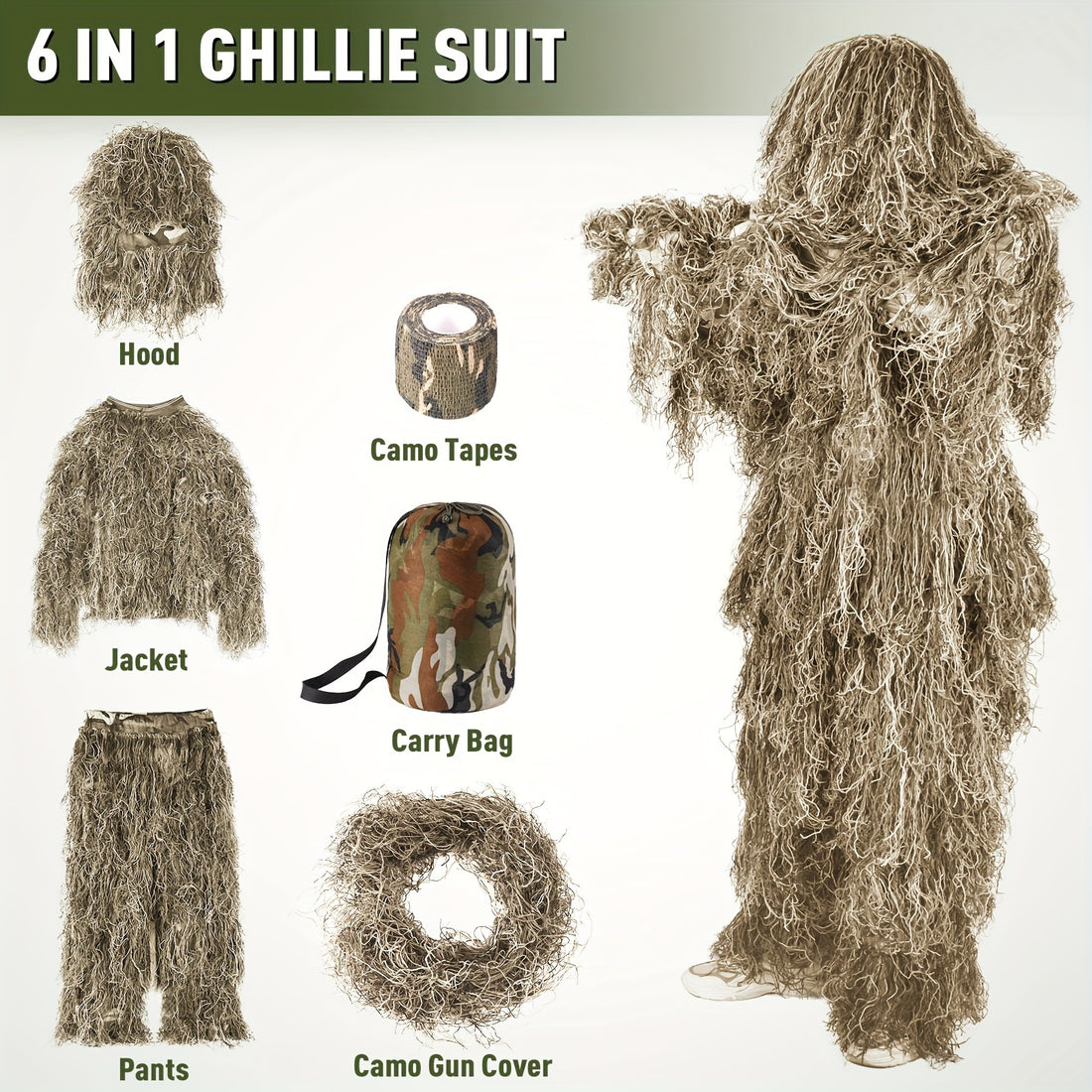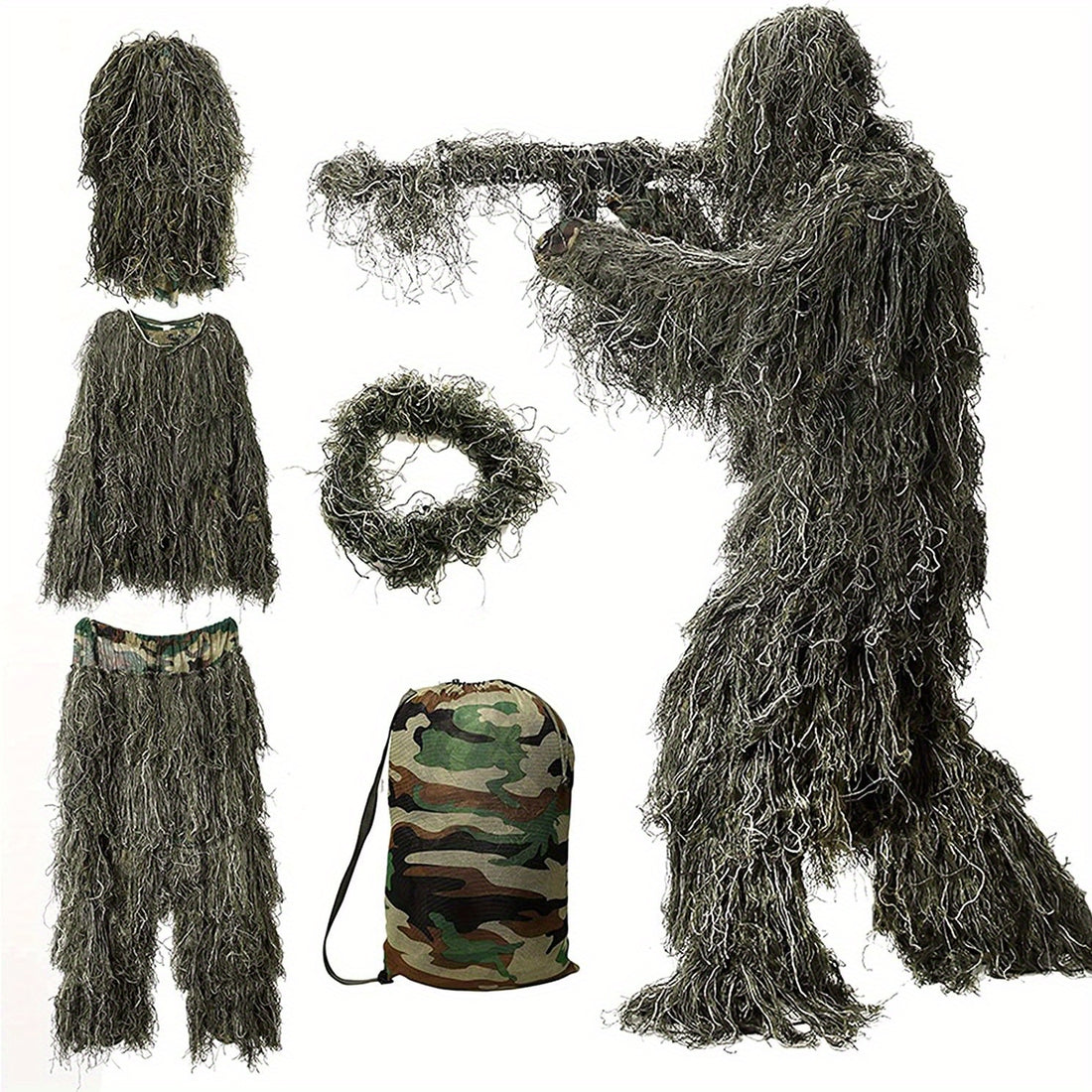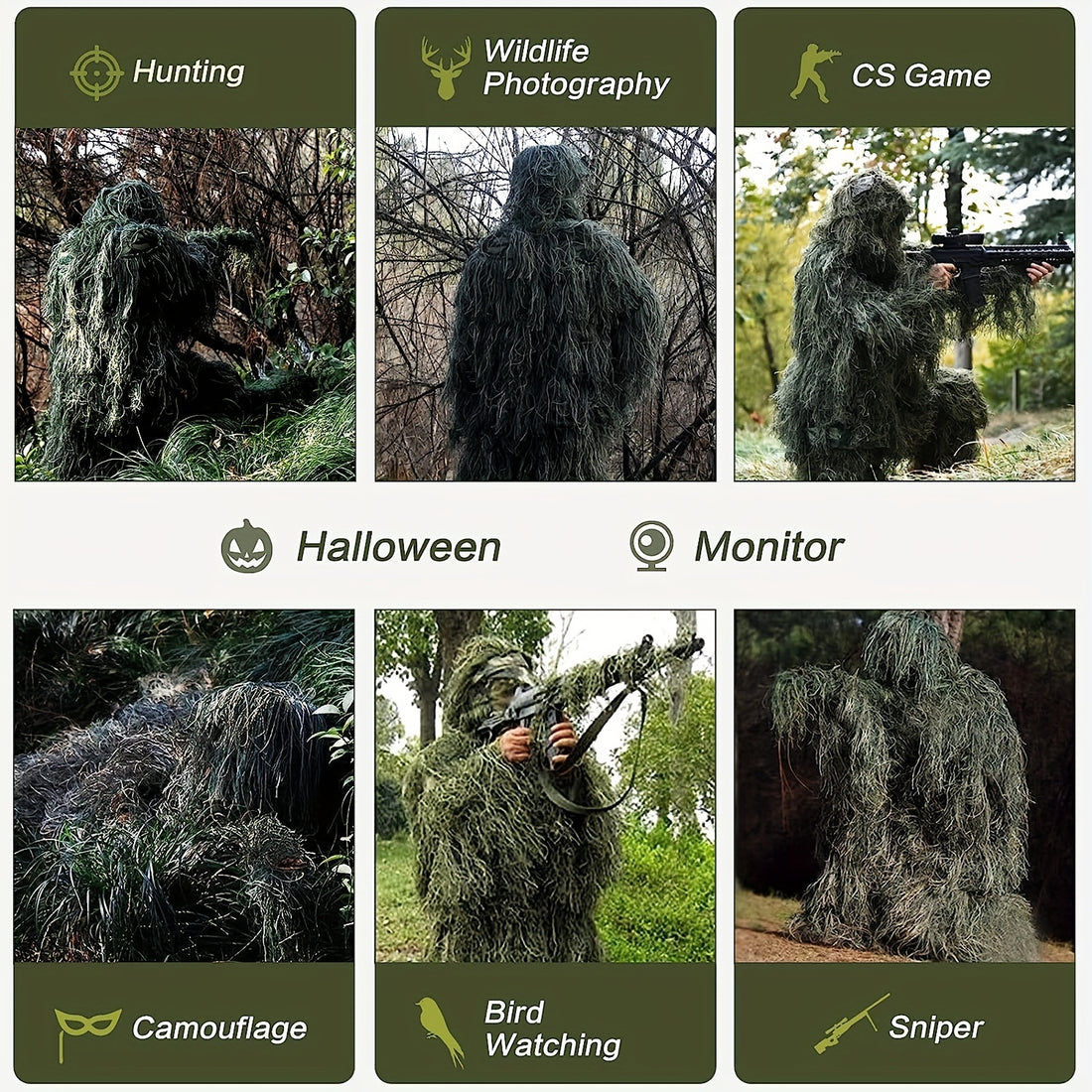For professionals in hunting and organizations that equip their teams, choosing a hunting vest involves more than selecting an item. It requires finding equipment that performs reliably in the field. A good hunting vest balances durability for tough conditions, comfort for extended use, and functionality to keep gear within reach without restricting movement.
This guide outlines the main design and performance factors that make a hunting vest effective. It offers a clear reference for what to look for in a manufacturing partner.
1. Core Hunting Vest Design Principles: Concealment and Comfort
Every well-made hunting vest starts with two basic requirements: staying hidden and providing comfort over long periods.
Strategic Concealment: Camouflage patterns help, but fabric choice matters more for silence and low visibility. Materials like brushed polyester or soft-shell fabrics reduce noise from rustling and avoid reflections. Adding seam-sealed construction and DWR (Durable Water Repellent) treatments keeps water out, which cuts down on light bounce and odor retention.
Ergonomic Comfort and Mobility: The vest should handle loads without causing strain. Key elements include:
- Padded, contoured shoulder straps that spread weight evenly and avoid pressure on the neck or collarbone.
- Adjustable torso systems that fit over different layers of clothing and body sizes.
- Patterns designed for full arm and shoulder movement, often with mesh panels or zippered vents for airflow to manage heat.
2. Essential Hunting Vest Features for Functionality
A hunting vest works best as an organized base for tools. Its design should make the gear easy to access and secure.
- Modular Attachment Points (MOLLE/PALS): Standard webbing systems let users attach items like binocular pouches, radio holders, or ammo carriers. This setup adapts to different hunts, such as for big game or in rough terrain.
- Dedicated Gear Compartments: Effective vests have pockets built for specific needs, such as insulated sleeves for hydration bladders with hose routing, soft-lined spots for optics to avoid scratches, and silent-access slots for items like GPS devices or wind readers. The arrangement keeps retrieval quick and quiet.
- Game Harvest Support: Practical additions include a detachable, machine-washable game bag or integrated drag straps, which help with field processing without extra tools.
3. Material Selection and Durability for a Hunting Vest
The right materials ensure the vest lasts through repeated exposure to weather and wear.
Fabric Weight and Weave: Options balance toughness with lightness.
- Cordura® nylon in 500D to 1000D weights suits high-wear spots like shoulders and lower back.
- Ripstop nylon or polyester blends offer tear resistance from brush or thorns while keeping overall weight down.
Reinforced Construction: Strength comes from details like reinforced stitching at stress areas (such as strap connections and pocket edges) and durable zippers with self-healing coils that handle dirt without sticking.
4. Hunting Vest Safety and Compliance Features
A manufacturing partner must understand and design for legal requirements.
- Blaze Orange Compliance: In many regions, a certain square footage of blaze orange is legally required during firearm seasons. A well-designed vest can include removable or reversible panels in certified blaze orange fabric, allowing the same vest to be used for both archery and firearm seasons. Check state-specific rules via the U.S. Fish & Wildlife Service.
- Scent Control and Practical Design: While active scent-control technology is often integrated by the end-user via clothing, the vest design can support this by using antimicrobial-treated fabrics and avoiding materials that absorb and retain odors. Designs should also avoid shiny buckles or zippers that could reflect light and alert game.
Understanding these design elements is the first step in sourcing effective hunting gear. The best hunting vests are not just assembled; they are engineered around the specific biomechanics of the hunter and the practical demands of the environment.
As a tactical and outdoor gear manufacturer with over 15 years of experience, we apply these principles in producing hunting vests and related items like modular pouches, slings, and belts.
We offer comprehensive services, including wholesale, custom design, material sourcing, and manufacturing, to help your brand bring a purpose-built vest to market. Contact us to explore partnering on your next product line.
Related Article: Hunting Vests: 10 things You Need to Know
